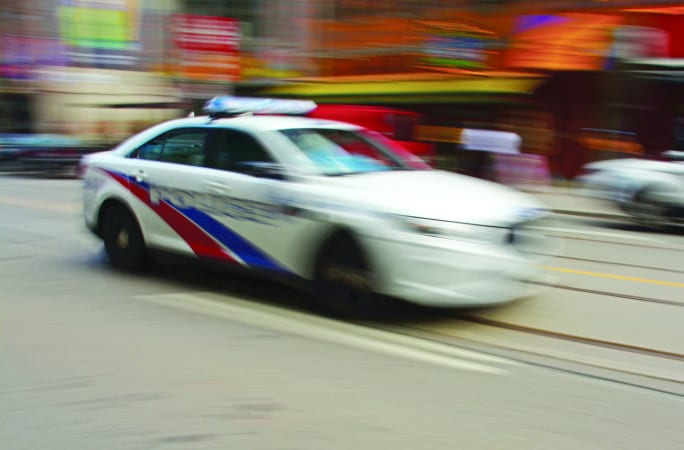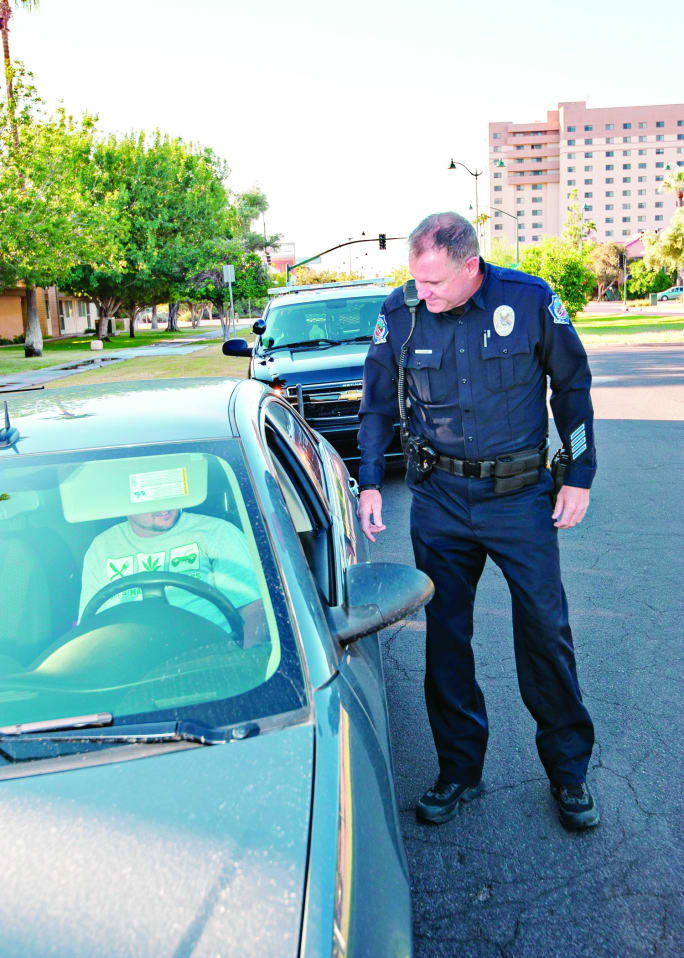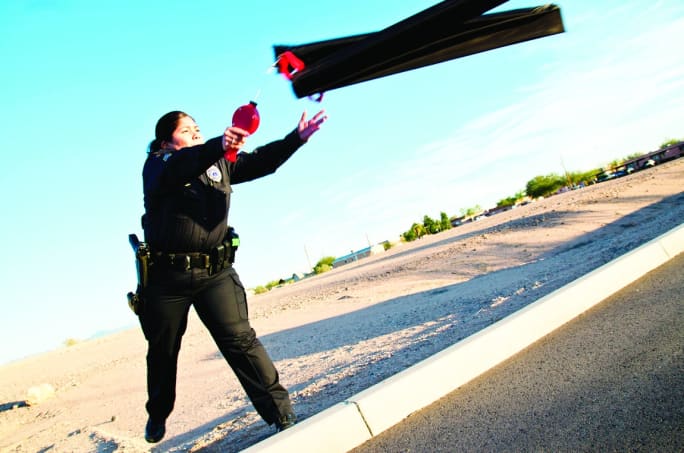Agencies can also increase training on high-speed pursuits. High-speed pursuits can happen so suddenly that officers often have little time to think before they must make critical decisions. In 2007, Florida Highway Patrol sergeants were surveyed and the study found that 80% did not think that patrol officers received an adequate amount of pursuit training. One way that a law enforcement agency can help train its officers for high-speed pursuits is using a pursuit management continuum—a visual chart that shows what level of force should be used for what type of offense.
A pursuit management continuum has three levels for both the suspect's actions and for the officer's responses, the Police Policy Studies Council says. For the officer, the levels are Level 1 Control, Level 2 Control, and Level 3 Control. For fleeing suspects, the levels are Level 1 Flight, Level 2 Flight, and Level 3 Flight.
Level 1 Flight is violations such as minor traffic crimes and other low-threat crimes, to which an officer should respond with an action from Level 1 Control, including simple trailing and stationary roadblocks. In this first level, since the threat to the public is not severe, officers can use techniques that are relatively safe for both themselves and the suspects they are trying to stop. If the suspect does not stop, or if a police officer witnesses a more serious offense, then the situation escalates to Level 2, which includes serious traffic offenses and crimes that present a high risk to public safety but do not justify deadly force such as driving while intoxicated. An officer should respond with Level 2 Controls, including rolling roadblocks or controlled deflation devices (spike strips). As officer and suspect action goes up the continuum, the more dangerous the situation is for those involved as well as bystanders. A Level 3 offense would be a life-threatening felony, something that justifies a deadly force response. A Level 3 Control could be ramming the suspects' car or using firearms. Using Level 3 controls should be reserved for the most egregious offenses in emergency situations.
Officers can also use GPS to track a fleeing vehicle instead of pursuing. One such technology, StarChase, has been deployed at various law enforcement agencies.
The StarChase system includes a control panel installed inside the officer's vehicle that the officer can use to arm, aim, and fire the system. The launching component holds the GPS trackers and is installed on the front of the officer's vehicle. When an officer is chasing a fleeing vehicle, he or she can then arm the system, shoot a GPS tracker onto the fleeing vehicle, and terminate the pursuit. Police can then follow up on the vehicle once it is parked to apprehend the suspect.

















